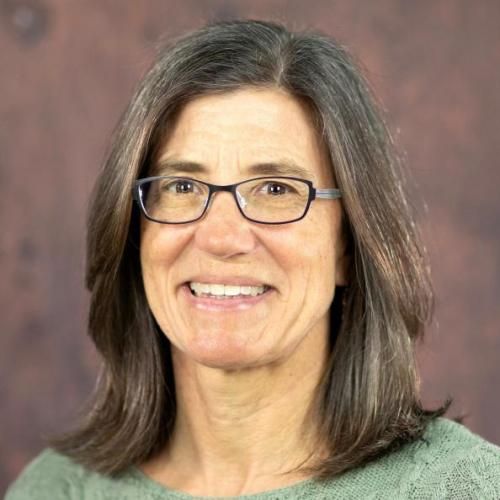
Impact of Acoustic Radiation Force Excitation Geometry on Shear Wave Dispersion and Attenuation Estimates.
Shear wave elasticity imaging (SWEI) characterizes the mechanical properties of human tissues to differentiate healthy from diseased tissue. Commercial scanners tend to reconstruct shear wave speeds for a region of interest using time-of-flight methods reporting a single shear wave speed (or elastic modulus) to the end user under the assumptions that tissue is elastic and shear wave speeds are not dependent on the frequency content of the shear waves. Human tissues, however, are known to be viscoelastic, resulting in dispersion and attenuation. Shear wave spectroscopy and spectral methods have been previously reported in the literature to quantify shear wave dispersion and attenuation, commonly making an assumption that the acoustic radiation force excitation acts as a cylindrical source with a known geometric shear wave amplitude decay. This work quantifies the bias in shear dispersion and attenuation estimates associated with making this cylindrical wave assumption when applied to shear wave sources with finite depth extents, as commonly occurs with realistic focal geometries, in elastic and viscoelastic media. Bias is quantified using analytically derived shear wave data and shear wave data generated using finite-element method models. Shear wave dispersion and attenuation bias (up to 15% for dispersion and 41% for attenuation) is greater for more tightly focused acoustic radiation force sources with smaller depths of field relative to their lateral extent (height-to-width ratios <16). Dispersion and attenuation errors associated with assuming a cylindrical geometric shear wave decay in SWEI can be appreciable and should be considered when analyzing the viscoelastic properties of tissues with acoustic radiation force source distributions with limited depths of field.
Duke Scholars
Published In
DOI
EISSN
ISSN
Publication Date
Volume
Issue
Start / End Page
Related Subject Headings
- Models, Biological
- Elasticity Imaging Techniques
- Algorithms
- Acoustics
- 3202 Clinical sciences
- 1103 Clinical Sciences
Citation

Published In
DOI
EISSN
ISSN
Publication Date
Volume
Issue
Start / End Page
Related Subject Headings
- Models, Biological
- Elasticity Imaging Techniques
- Algorithms
- Acoustics
- 3202 Clinical sciences
- 1103 Clinical Sciences


